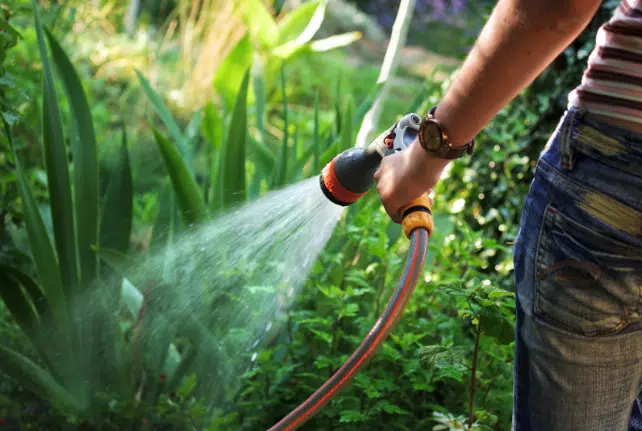When planning your garden around a septic system, careful consideration of plant selection is crucial to ensure both the health of your plants and the proper functioning of your septic system. In this blog post, we’ll explore suitable plants for septic systems, considerations for gardening near septic tanks and drain fields, and tips for maintaining a healthy garden in this environment.
Best Plants for Septic Systems
Not all plants are suitable for planting near septic systems due to the specific soil conditions and potential for root damage. Here are some plant options that generally thrive near septic systems:
Grasses and Ground Covers: Grasses like fescue and ground covers such as creeping juniper are ideal as they have shallow roots that are less likely to interfere with septic system components.
Shrubs: Choose low-maintenance shrubs like beautyberry or inkberry that have non-invasive root systems and can tolerate occasional wet conditions.
Perennials: Plants like daylilies, hostas, and astilbes are good choices for their adaptability to various soil types and their ability to thrive in moist environments

Native Plants: Native plants are often well-adapted to local soil conditions and require less maintenance, making them suitable candidates for planting near septic systems.y
2. Considerations When Planting Near a Septic System
Besides selecting appropriate plants, there are several other factors to consider when gardening near a septic system:
Root Depth: Avoid planting trees or shrubs with deep, invasive roots near septic tanks or drain fields to prevent root intrusion that could damage pipes or disrupt the system’s function.
Soil Compaction: Heavy machinery or foot traffic can compact the soil around the septic system, potentially causing damage. Use caution when working near these areas and consider using mulch to protect soil structure.
Watering Practices: Be mindful of water usage in your garden, especially near the drain field. Excessive watering can overload the system and affect its efficiency. Consider using drought-tolerant plants to minimize water needs.
Chemical Use: Avoid using harsh chemicals, pesticides, or herbicides near the septic system as they can disrupt the natural balance of bacteria responsible for breaking down waste in the system.
3. Maintaining a Healthy Garden Near a Septic System
To ensure your garden thrives while maintaining the integrity of your septic system, follow these maintenance tips:
Regular Inspections: Periodically inspect the area around your septic tank and drain field for signs of pooling water, odors, or vegetation overgrowth, which could indicate potential issues with your system.
Mulching: Mulch helps retain moisture, regulate soil temperature, and reduce weed growth. Use organic mulch like bark or compost to improve soil health and minimize soil erosion.
Proper Pruning: Regularly prune plants to maintain their health and prevent overgrowth that could encroach on the septic system components.
Seasonal Care: Adjust your gardening practices seasonally. For example, in colder months, minimize traffic over the drain field to avoid soil compaction when the ground is more vulnerable.
4. Environmental Benefits of Gardening Near Septic Systems
Gardening near a septic system can have environmental benefits:
Water Conservation: Using native plants and drought-tolerant species reduces water consumption, benefiting both your garden and the local ecosystem.
Biodiversity: Planting a variety of native plants promotes biodiversity, supporting local wildlife and pollinators.
Soil Health: Proper gardening practices, such as mulching and avoiding chemical use, contribute to healthy soil and water quality.
Choosing the right plants and implementing proper gardening practices near your septic system can create a beautiful and sustainable garden while ensuring the longevity and efficiency of your septic system. By selecting appropriate plants, minimizing soil disturbance, and practicing water-wise gardening techniques, you can enjoy a thriving garden that coexists harmoniously with your septic system.
In summary, gardening near a septic system requires thoughtful planning and consideration of plant choices and gardening practices. By following these guidelines, you can create a garden that enhances your property’s aesthetics while preserving the functionality of your septic system for years to come
Related Posts
- Beyond the Tank: Unlocking the Potential of Treated Septic Water in Australia
- What Should You Know Before You Install A Septic Tank?
- Understanding Septic Tanks: A Comprehensive Guide for Consumers
- How Can We Reduce Wastewater At Home?
- Cultivating a Garden near Your Septic Tank System – Insights and Advice
- How Often Should Pump Wells Cycle?
- Why aerated wastewater treatment servicing is important
- AWTS Installation: What to Expect and How to Choose the Right Installer




